The Story of the United Arab Emirates
The United Arab Emirates (UAE) was founded on December 2, 1971, uniting seven emirates under the leadership of Sheikh Zayed bin Sultan Al Nahyan. Once a region of small tribal communities, the discovery of oil in the 1950s fueled rapid development in infrastructure, education, and healthcare. Today, the UAE is a global hub for business, tourism, and innovation, with cities like Dubai and Abu Dhabi leading in finance, technology, and sustainability. The UAE’s transformation from desert lands to a modern, thriving nation reflects its visionary leadership and commitment to progress while preserving its cultural heritage.
Uae Leaders: A Journey through past and Present
Sheikh Mohamed bin Zayed Al Nahyan
Title: Current President of the UAE (2022 - Present)
Sheikh Mohamed bin Zayed Al Nahyan is the President of the United Arab Emirates (UAE) and the Ruler of Abu Dhabi. Known for his visionary leadership, he has played a key role in modernizing the UAE, promoting innovation, and fostering international diplomacy. Sheikh Mohamed is also recognized for his efforts in education, sustainability, and humanitarian initiatives, making him a respected leader both regionally and globally.
Sheikh Khalifa bin Zayed Al Nahyan
Title: Second President of the UAE (2004 - 2022)
Sheikh Khalifa bin Zayed Al Nahyan was the President of the United Arab Emirates (UAE) and the Ruler of Abu Dhabi from 2004 until his passing in 2022. Under his leadership, the UAE experienced significant economic growth and modernization. He was known for his focus on improving the nation’s infrastructure, health, and education sectors, as well as fostering a diversified economy. Sheikh Khalifa was a key figure in shaping the UAE into a global financial and cultural hub. His legacy continues to influence the country’s progress and development.
Sheikh Zayed bin Sultan Al Nahyan
Title: First President of the UAE (1971 - 2004)
Sheikh Zayed bin Sultan Al Nahyan was the founding father and first President of the United Arab Emirates (UAE), serving from 1971 until his passing in 2004. He played a pivotal role in uniting the seven emirates and transforming the UAE into a modern, prosperous nation. Known for his wisdom, vision, and generosity, Sheikh Zayed emphasized sustainability, education, and infrastructure development, while promoting a harmonious balance between tradition and modernization. His legacy as a compassionate leader and advocate for social welfare and environmental preservation continues to inspire the UAE today.
Leaders of Each Emirate
The United Arab Emirates (UAE) consists of seven emirates, each ruled by a hereditary leader. Here are the current leaders of each emirate:
Abu Dhabi
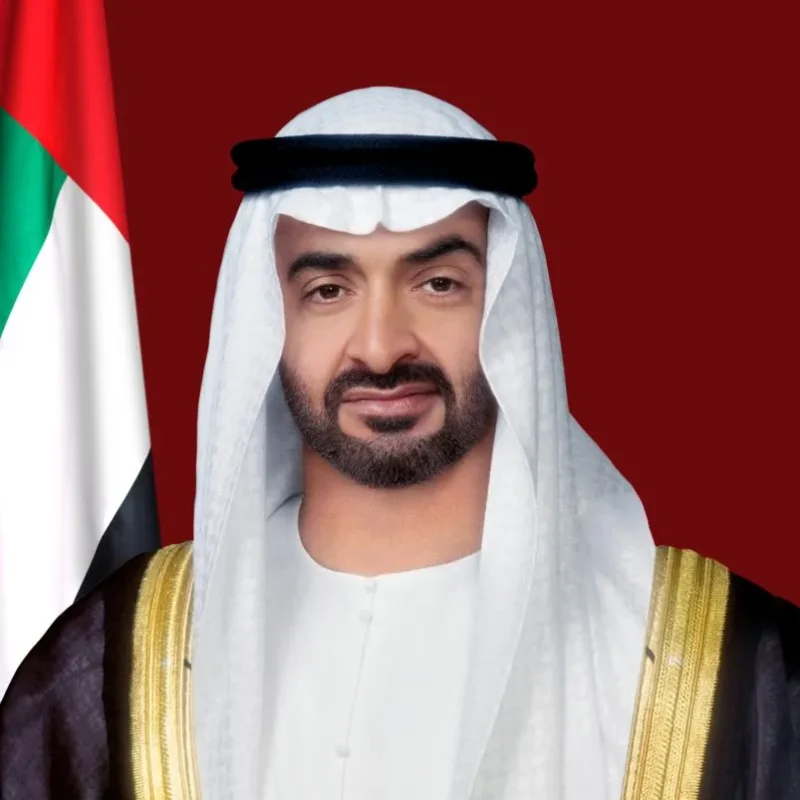
Sheikh Mohamed bin Zayed Al Nahyan
Dubai
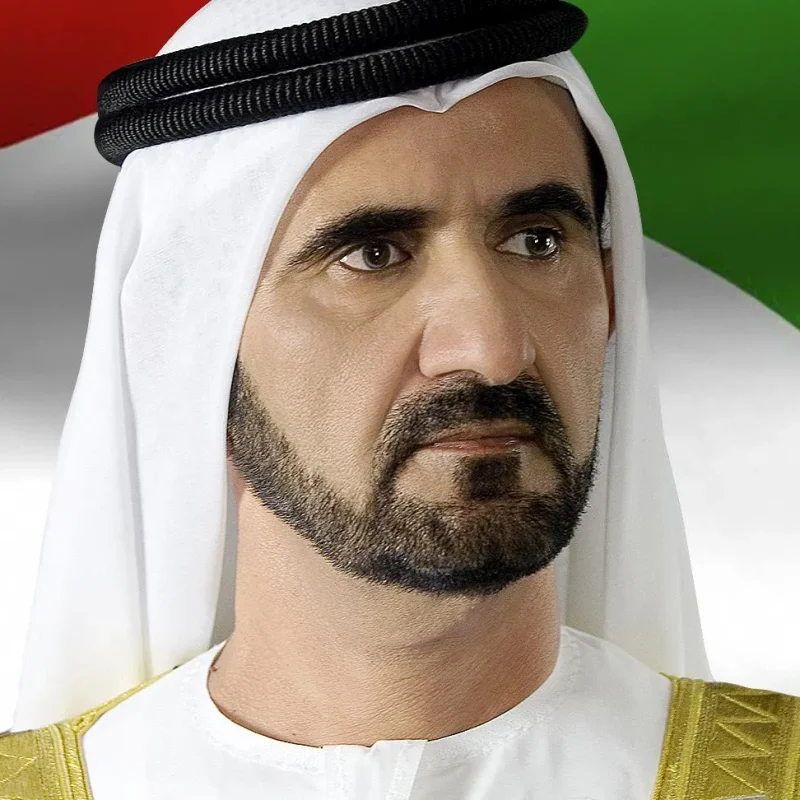
Sheikh Mohammed bin Rashid Al Maktoum
Sharjah
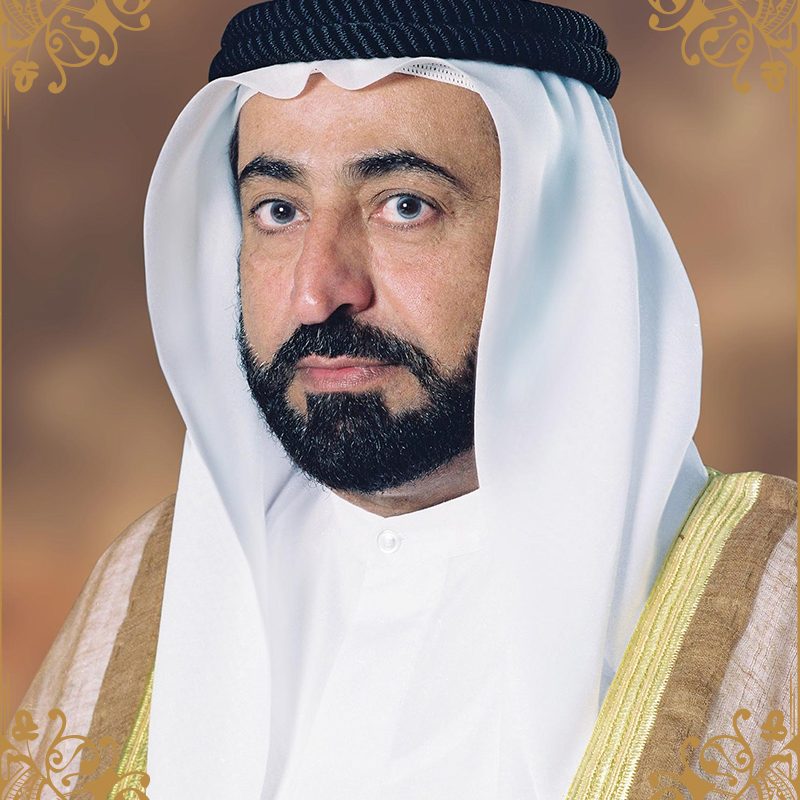
Sheikh Sultan bin Muhammad Al Qasimi
Ajman
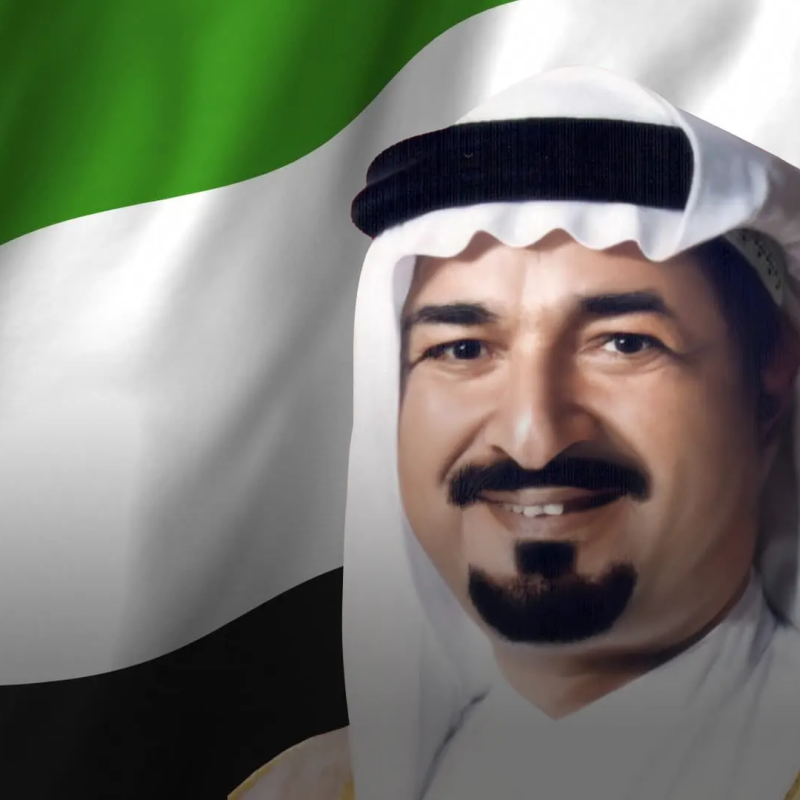
Sheikh Humaid bin Rashid Al Nuaimi
Umm Al-Quwain
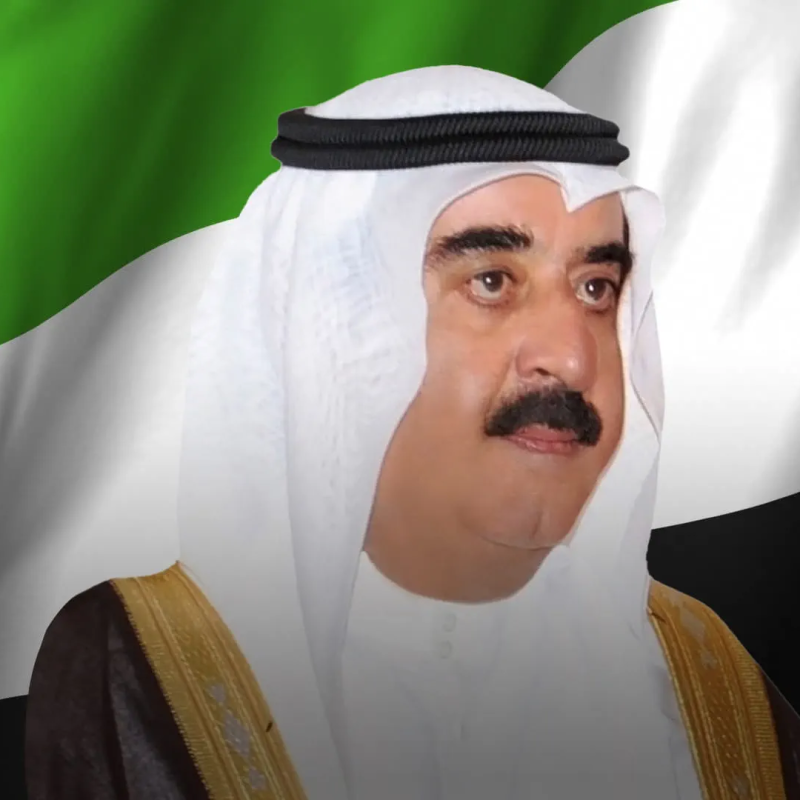
Sheikh Saud bin Rashid Al Mualla
Fujairah
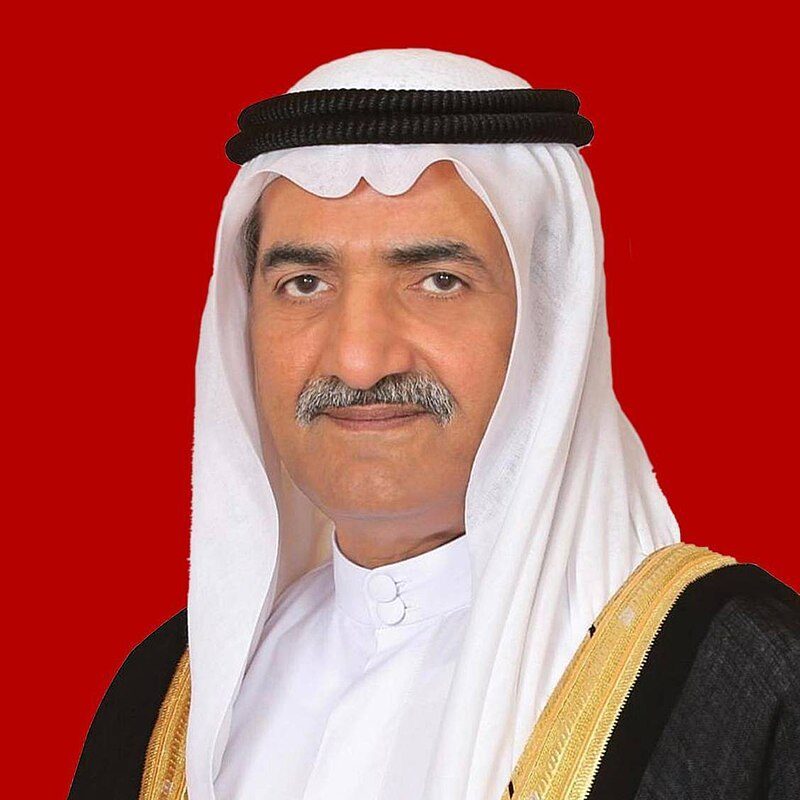
Sheikh Hamad bin Mohammed Al Sharqi
Ras Al Khaimah
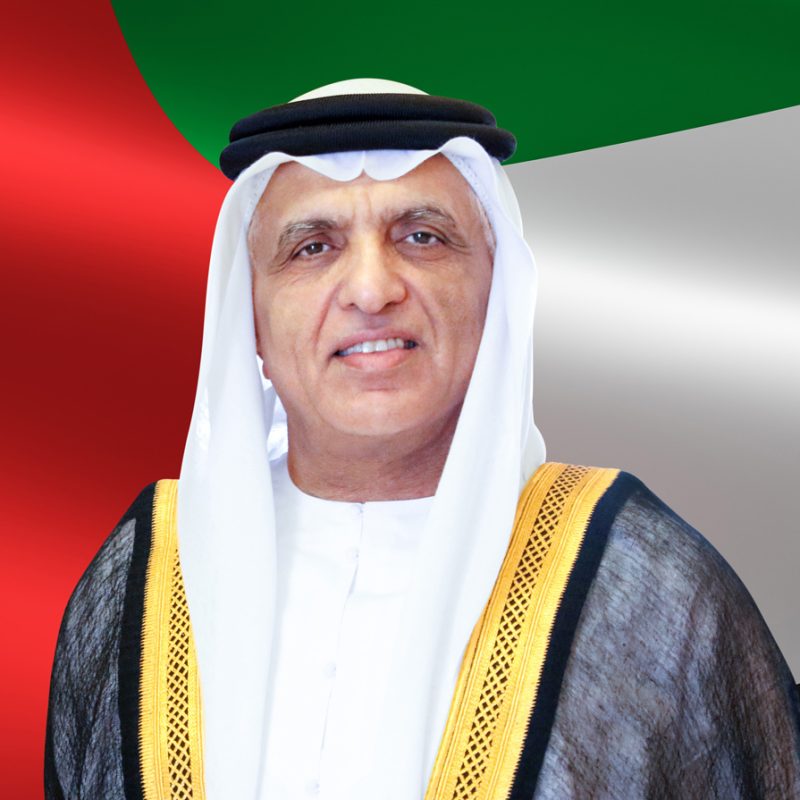
Sheikh Saud bin Saqr Al Qasimi
The UAE Flag
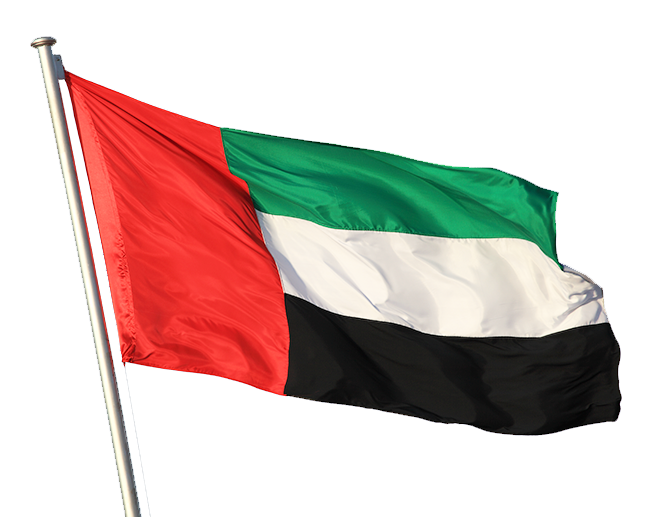
The UAE flag is a symbol of national pride and unity, representing the country’s rich heritage and the bond among its seven emirates. Adopted on December 2, 1971, the flag reflects the collective values and aspirations of the people of the UAE.
- Green: Symbolizes hope, prosperity, and the growth of the nation.
- White: Represents peace, honesty, and the nation’s commitment to fairness.
- Black: Signifies strength, resilience, and determination in the face of challenges.
- Red: Reflects courage, sacrifice, and the spirit of independence.
UAE National Emblem
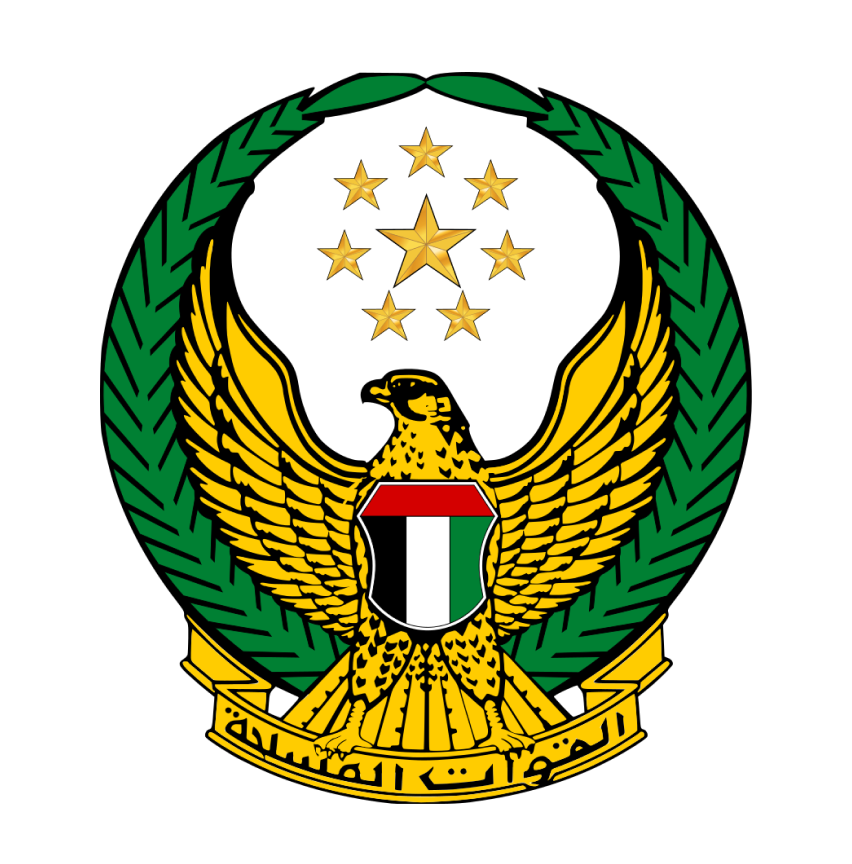
The UAE national emblem features a majestic golden falcon holds a red disk at its heart, featuring the UAE flag, surrounded by seven stars representing the unity of the seven emirates. Below the falcon, a scroll bears the name of the United Arab Emirates in Arabic script.
- Golden Falcon: Represents strength, bravery, and vision in Arab tradition.
- UAE Flag at the Center: Positioned in a red disk, symbolizing the heart of the nation.
- Seven Stars: Surround the flag, representing the unity of the seven emirates.
- Arabic Scroll: Bears the name of the United Arab Emirates, highlighting the nation’s identity.
- Symbol of Sovereignty: Reflects the UAE’s unity, heritage, and commitment to progress.

